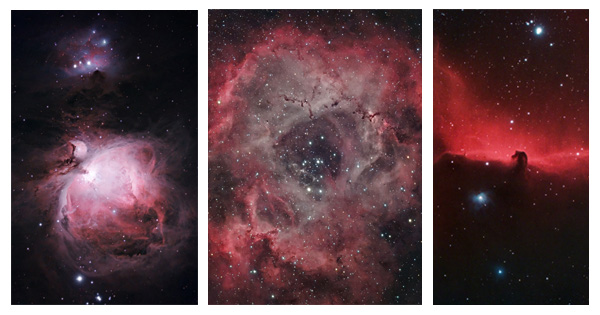

You can see some of the tests I did using my 6" SCT on the CN website here, here and here. When I got my ASI224MC planetary camera, I did a bit of work testing the performance of it compared to my Canon 700D (which I picked up 2nd hand pretty cheap). If you go with the ASI224MC you will also need an IR cut filter (around $30) to remove the IR.
#Backyardeos cloudynights software#
Purchase some astro software to control the camera (I use BackyardEOS) and you will be able to take great images.īear in mind that for planetary, you will need a Barlow lens to get your f-number up to about f20 so you can get enough pixels on target, so factor that into your purchasing plans. However, if you already have a Canon DSLR lying around, it is more than capable to use for both planetary and DSO imaging - the Canon system is (probably) the only DSLR that can be used for high quality planetary using the LiveView feature in good seeing, and a DSLR has a huge sensor for lunar and DSO. It's probably the best bang-for-buck in dedicated planetary cameras out there right now.
#Backyardeos cloudynights full#
However, it has a very small sensor and so you won't be able to take images of the full disc of the moon, but you will get very detailed closeups of the craters. Hi there, probably the most commonly used planetary camera right now is the ZWO ASI224MC, and it's right on the money too at about $400 new (well it used to be, until the $A dropped through the floor recently, I just checked the Bintel website).


 0 kommentar(er)
0 kommentar(er)
